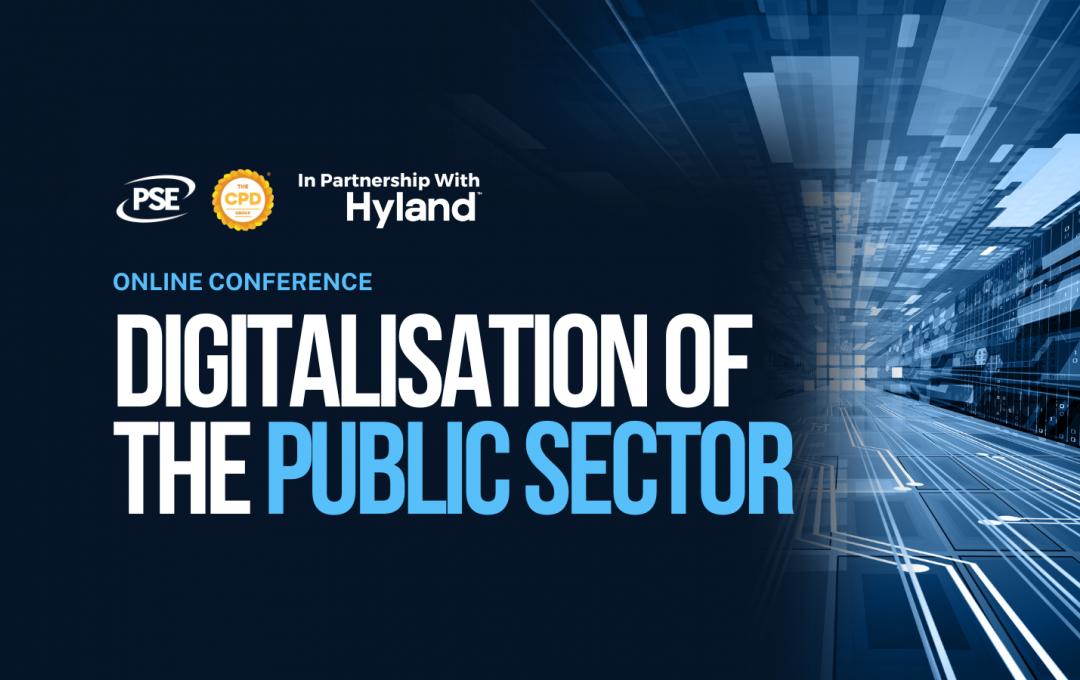The government is set to revolutionise public services and enhance civil service efficiency through innovative technology and AI, aligning with the Prime Minister’s Plan for Change. This transformation will reshape how the government experiments with, procures and develops new technologies.
A new suite of AI tools, dubbed ‘Humphrey,’ will be introduced to civil servants to modernise technology and improve public services, paving the way for a decade of national renewal.
A recent review highlighted the outdated communication methods inherited by the government, with HMRC handling 100,000 calls daily and DVLA processing 45,000 letters. In response, the Technology Secretary is unveiling a plan to establish his department as the digital hub of the government, aiming to overhaul digital services and achieve £45 billion in annual productivity savings.
This initiative will eliminate outdated processes that have hindered progress for too long. For instance, it will remove the need for individuals to queue at local councils to register the death of a loved one, thereby fostering growth.
Additionally, a common-sense approach to information sharing will be implemented, enabling central government departments like HMRC and the Department for Business and Trade to share data more seamlessly with local councils. This will help combat fraud and provide businesses with the support they need to thrive.
This announcement follows the AI Opportunities Action Plan, which has positioned the UK to become an AI superpower, attracting over £14 billion in investment since its launch last Monday.
Science Secretary Peter Kyle said:
“Sluggish technology has hampered our public services for too long, and it’s costing us all a fortune in time and money.”
“Not to mention the headaches and stresses we’re left with after being put on hold or forced to take a trip to fill out a form.
“My department will put AI to work, speeding up our ability to deliver our Plan for Change, improve lives and drive growth.
“We will use technology to bear down hard to the nonsensical approach the public sector takes to sharing information and working together to help the people it serves.
“We will also end delays businesses face when they are applying for licenses or permits, when they just want to get on with the task in hand – growth. This is just the start.”
The Department for Science, Technology and Innovation (DSIT) is launching a new team to streamline public services by breaking down Whitehall barriers. This initiative aims to prevent people from having to repeatedly provide the same information to multiple organisations. Additionally, training programmess will be introduced to help civil service technologists transition into AI engineering roles.
Today, the government unveiled its blueprint for a modern digital government, which outlines plans to revamp digital service delivery and optimise the £23 billion annual technology expenditure. A key component of this plan is the establishment of a Digital Commercial Centre of Excellence.
This Centre will enable public sector organisations, such as local councils, to collaborate on negotiating contracts, thereby reducing costs. It will also create opportunities for smaller UK start-ups and scale-ups, fostering economic growth and job creation in line with the Prime Minister’s Plan for Change.
A digital and AI roadmap, detailing the government's technology priorities, will be published in the summer, coinciding with the second phase of the spending review.
The new team will focus on creating public services that are user-friendly and efficient, eliminating unnecessary waste of taxpayer time and money. Their initial efforts will target services for individuals with long-term health conditions or disabilities, who often need to interact with over 40 different services across nine organizations, from healthcare to local authorities.
Innovative solutions are being developed to help these individuals access the right services at the right time, guiding them towards available financial and practical support. These solutions will be piloted with local health agencies later this year.
Currently, government technology funding follows a model similar to that of new hospitals, with an initial investment followed by smaller maintenance allowances. However, this approach has been outdated for over a decade.
In the upcoming spending review, the Treasury will test a new funding model that aligns with modern technology practices. These experiments aim to provide public services with greater freedom and flexibility, encouraging them to take calculated risks and capitalise on the £45 billion opportunity identified in the state of digital government report.
Image credit: Istock



















